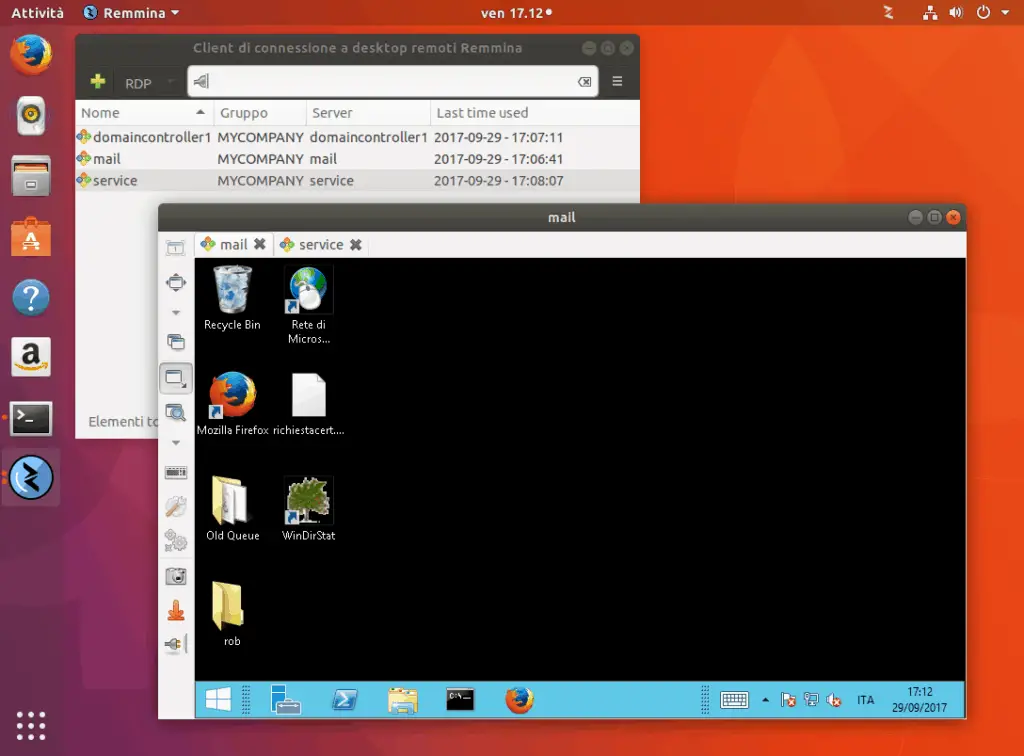Insight: Tutorial To Check Linux CPU And Hard Disk Temperature
In this tutorial post, We will show you the method to check CPU and hard disk temperature on Linux using various third party tools.
Let’s check CPU temperature on Linux using lm_sensors & hddtemp tools.
Check Linux CPU And Hard Disk Temperature
Install lm_sensor & hddtemp in Linux
For Ubuntu/Debian based operating systems:
$ sudo apt install lm-sensors hddtemp
For Fedora operating system:
$ sudo dnf install lm-sensors hddtemp
For Arch Linux:
$ sudo pacman -S lm-sensors hddtemp
For RedHat & CentOS:
$ sudo yum install lm-sensors hddtemp
For OpenSuse:
$ sudo zypper sensors hddtemp
After installing, You need to configure it at first. Run the following command to configure lm-sensors in Linux.
$ sudo sensors-detect
Now, To view or check the temperature:
$ sensors
To print temperature in Fahrenheit :
$ sensors -f
To monitor the CPU temperature of your Linux system in real time:
$ watch sensors
To display Hard-disk (HDD) temperature:
$ sudo hddtemp /dev/sda1
How To Install Psensor In Linux
Let’s go through the another GUI based tool called “psensor” to monitor temperature in Linux. psensor is a simple and easy to use graphical hardware temperature monitor for Linux.
For Ubuntu:
sudo apt install psensor
For other Linux based operating systems, visit this link.
Psensor can monitor:
- the temperature of the motherboard and CPU sensors (using lm-sensors).
- the temperature of the NVidia GPUs (using XNVCtrl).
- the temperature of ATI/AMD GPUs
- the temperature of the Hard Disk Drives (using hddtemp or libatasmart).
- the rotation speed of the fans (using lm-sensors).
- the CPU usage (since 0.6.2.10 and using Gtop2)







![How To Fix Lock /var/lib/apt/lists/lock Error [Solved]](https://itsubuntu.com/wp-content/uploads/2021/12/Fix-Lock-var-lib-apt-lists-lock-Error.jpg)